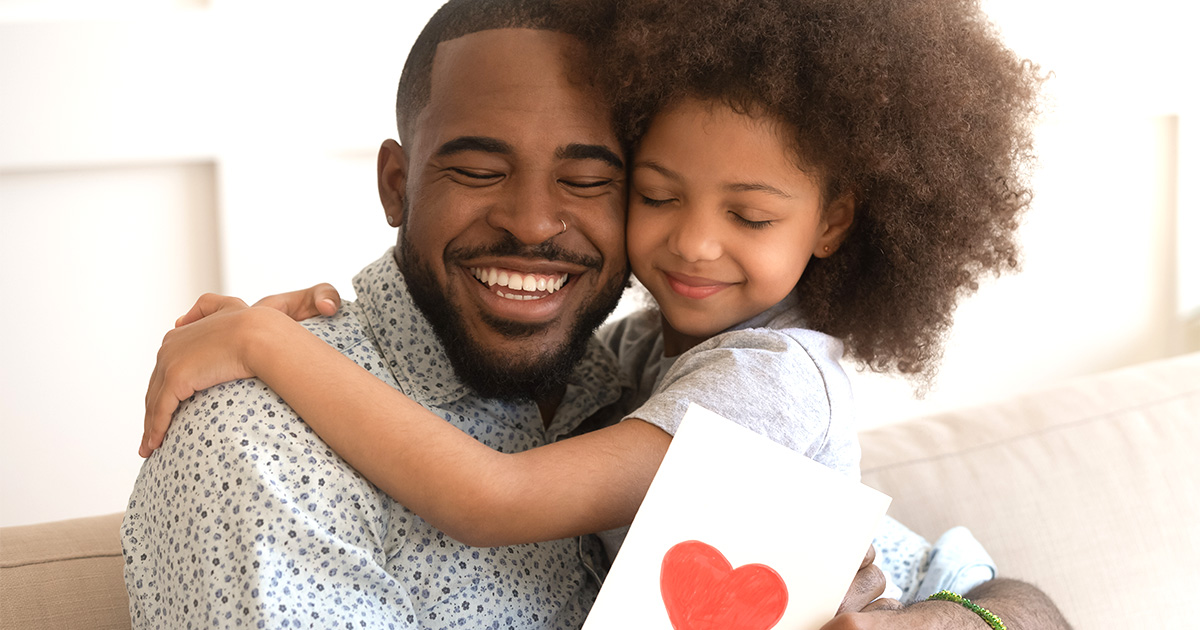- 855.437.3254
- Schedule a Tour

November is National Gratitude Month. It can be a tricky concept for young children to comprehend fully but demonstrating thankfulness goes a long way and can have a lifelong impact. Teaching children about gratitude at home can inspire them to be more kindhearted, empathetic adults who understand the impact of showing and sharing appreciation.
What is gratitude?
Gratitude is much more than just learning good manners. It's a positive emotion you can express when feeling thankful for something. Spend time reviewing your child's experiences to help unlock past examples of gratitude. These conversations can be a great tool to help instill an optimistic perspective toward future experiences too.
Model gratitude practices.
Children learn so much from mimicking our actions and words. It's much harder for children to understand the concept of gratitude if it’s not practiced daily. Try pausing to express the way you’re feeling out loud. You could say something small like, "I'm so thankful I get to play outside with you today. I love sharing these moments with you." Expressing your feelings will boost their awareness.
Share praise for understanding.
After discussing the purpose and practice of gratitude, compliment your child when you hear them thanking others. Birthdays or holidays can provide the perfect opportunity to encourage appreciation. Older children may enjoy sharing this feeling through a craft activity or literacy exercise. Sit down together to create a thank you card. Depending on their age, have your child color a picture, practice writing words, or share a complete sentence.
Bedtime routine reflection.
Before bedtime each night, start making it a habit to reflect on the day and share moments of gratitude. This is a great way to deepen your connection to the topic and each other while ending the day on a positive note.
Try these gratitude activities:
- Make a gratitude board. While discussing thankfulness, create a mood board to show the things your child is grateful for. Use a simple cork or magnetic board. Add pictures from magazines, photo albums, or hand-drawn images. Maybe it’s a favorite book, a trip to the pumpkin patch, a favorite food, or a snow day spent sledding.
- Practice serving others. Teach your child the importance of volunteering in the community to help demonstrate thankfulness and humility. Volunteer at an animal shelter, donate to a food bank, or bake fresh cookies for first responders.
- Start a family gratitude journal. Have each family member add three things they’re thankful for each day or week. This activity will help your child visualize what is good in life. People who feel grateful can exhibit higher resilience, forgiveness, and positive emotions.
- Create a gratitude jar. Get an unused vase or mason jar. It can be plain or easily personalized with a ribbon or label. Start by writing down one thing you are thankful for on a piece of paper. This can be represented by a single word or a full sentence. Add the thought to your gratitude jar. Each month, gather as a family to read each note and the impact it had or is still having.
- Go on daily gratitude walks. A walk can increase happiness and cultivate appreciation. Take a family stroll around the neighborhood, park, or hiking trail. Discuss favorite activities, the day’s happenings, or future events. Explore what they can be thankful for to help instill a positive mindset.
Give one or more of these activities a try and see what works best for you and your family. By teaching children such appreciation, you’ll help them become healthier, happier, and more respectful adults.
